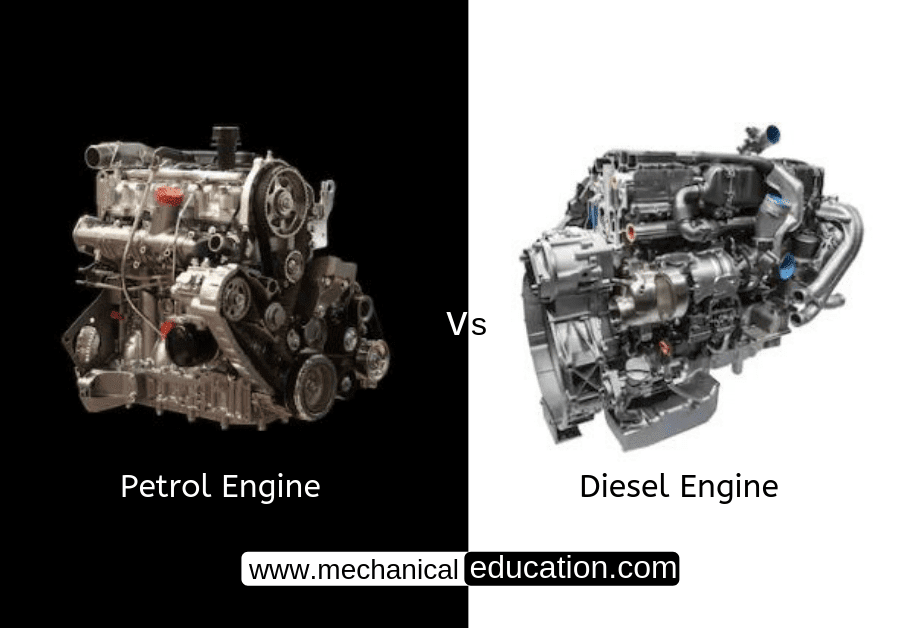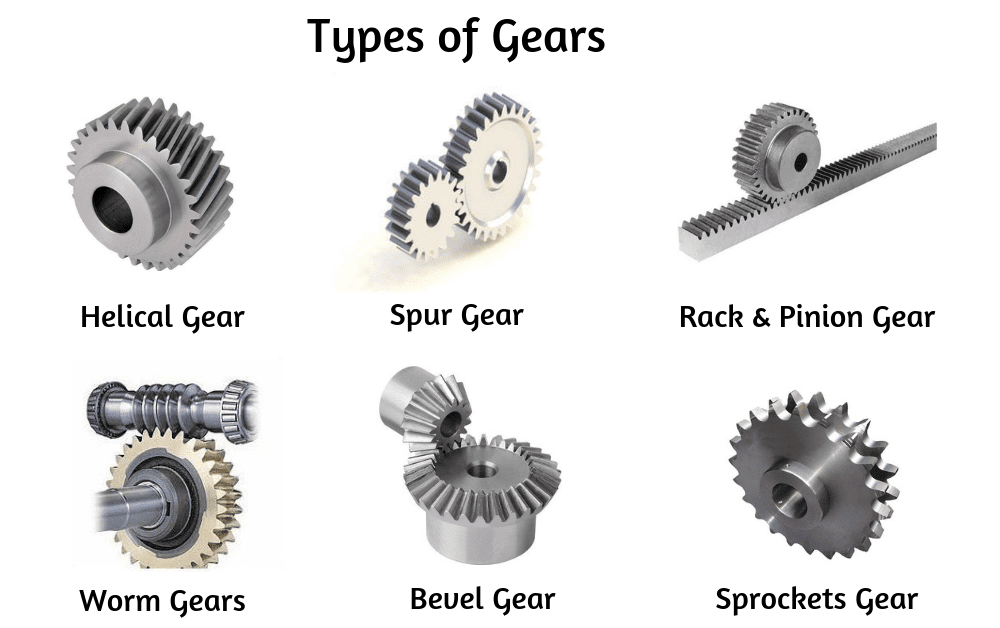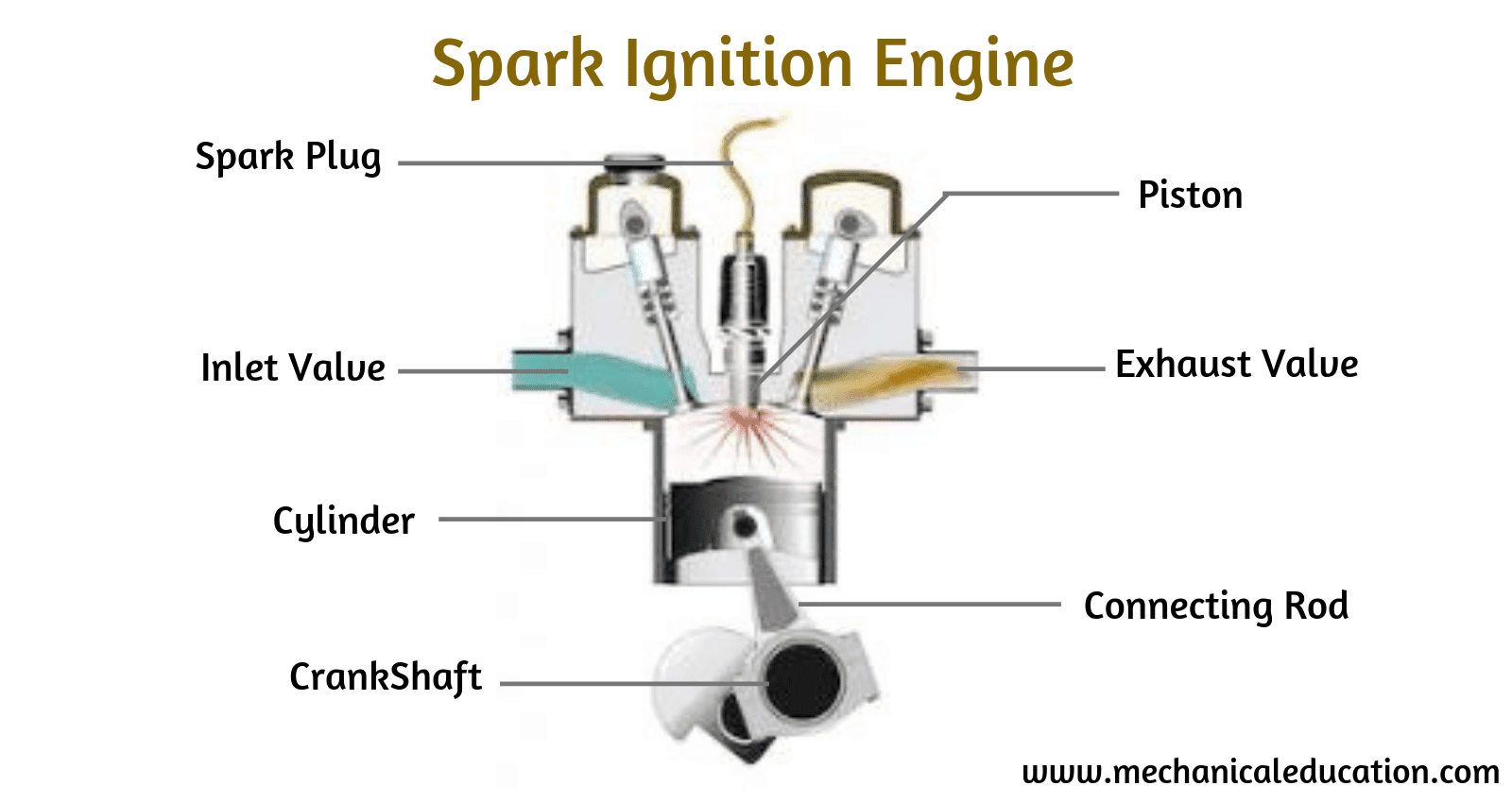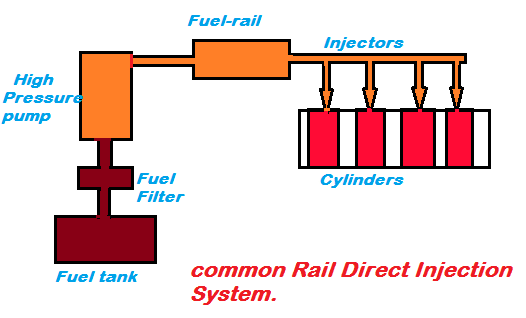Introduction: The coolant hose clamp is an important part of your car’s cooling system and helps to ensure that the engine stays at a comfortable temperature. In order for the cooling system to function properly, it is essential that the coolant hose clamp is securely and properly installed. Let’s take a look at why this is so important, how to install the clamp, and some tips on how to keep it secure.
Why It Matters
The coolant hose clamp connects two parts of the vehicle’s cooling system—the radiator and the engine block—and helps keep the coolant flowing between them. Without this connection, there would be a risk of overheating or even catastrophic engine failure due to lack of coolant circulation. The clamp also prevents coolant loss due to leakage or evaporation, which can lead to further issues with overheating. As such, it’s incredibly important that the hose clamp is properly installed in order for your cooling system to function optimally.
How To Install
Installing a new coolant hose clamp isn’t difficult as long as you have all of the necessary tools and supplies on hand. You will need a pair of pliers, a screwdriver, and some replacement clamps if needed. First, loosen the screws on both sides of the existing clamp until it can be removed from its position around the hoses. Then, insert your replacement clamp into position around both hoses and tighten each screw until secure but don’t over-tighten them or you could damage the hoses. You may also want to use some thread seal tape around each screw before tightening it down for extra security against leakage or evaporation. Once finished, test out your work by turning on your car’s engine and checking for any signs of leakage or other issues with your newly-installed hose clamp!
Tips For Staying Secure
Once you’ve got your new hose clamp in place securely around both hoses, there are some steps you can take to make sure that it stays secure over time. Regularly check up on all clamps in your vehicle’s cooling system (not just those connected directly to your radiator) and make sure they’re still tight and not showing any signs of wear or tear. If you notice any problems with any part of your cooling system (such as leaks or odd noises), don’t hesitate to take it in for service right away! Additionally, try not to run your engine too hot; this puts extra strain on all components of your cooling system that could cause them to malfunction over time if they’re overworked too often. Taking these steps should help keep your vehicle running smoothly!
Conclusion:
Coolant hoses are essential parts of any vehicle’s cooling system as they help keep things running smoothly by ensuring proper circulation between components like radiators and engine blocks. Installing a new hose clamp correctly is vital for preventing costly damages due to overheating or leakage issues down the line; however, keeping up with regular maintenance checks can also go a long way towards maintaining optimal performance from all components involved in keeping things running smoothly! With proper installation and maintenance practices alike, you should have no trouble getting many miles out of whatever vehicles you drive!




